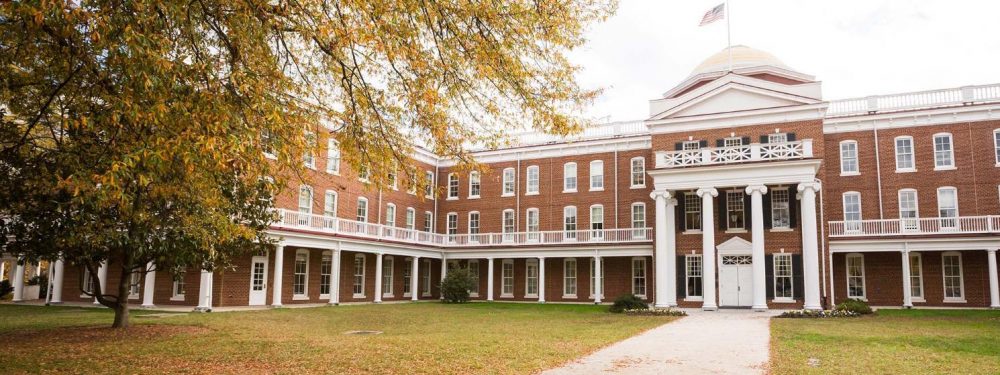Students will be able to analyze critically and apply the major principles of ecology and evolution.
I had my first in-depth introduction to ecology and evolution during our very first lab in BIOL 251. Each student attempted to collect different-colored wooly worms (or pipe cleaners) on the lawn to simulate the concepts of predation and camouflage (BIOL 251 Wooly Worm Lab Report). At the time, this was probably the best idea I had regarding ecology. It wasn’t until later in the semester that we would begin discussing evolution.
Later in that same course, we broke up into groups within the lab to design and conduct research projects of our own. This was a really neat experience as each group got to work with different living organisms and present to the class their findings. My group decided to collect different types of leaves from trees on campus and see if the types of leaves had any effect on the growth of earthworms (BIOL 251 Project Presentation). We found that instead of the type of leaves being provided to the earthworms, that whether or not the earthworms were discovered under the leaves or not affected their growth more.
In studying ecology and evolution, the possibilities seem endless. You could study so many organisms in so many environments and even include different external factors that could affect them. It wasn’t until I took Evolution (BIOL 399) that I had a better understanding of evolutionary processes. As someone who was more interested in the organismal and chemistry side of biology, I really enjoyed this one article we read in Evolution that described minimal self-replicating systems and how those could explain how macromolecules can replicate (BIOL 399 EJC 3 Study Guide).
